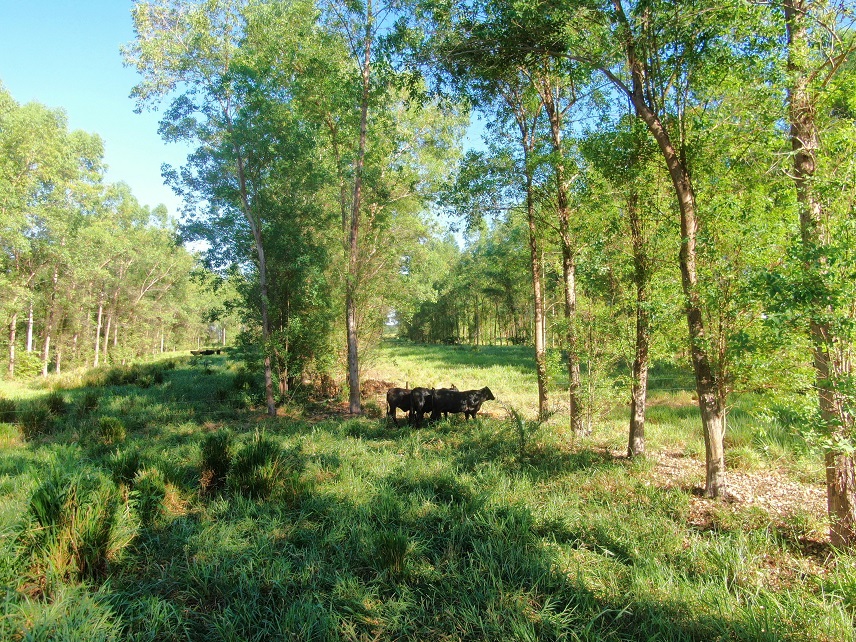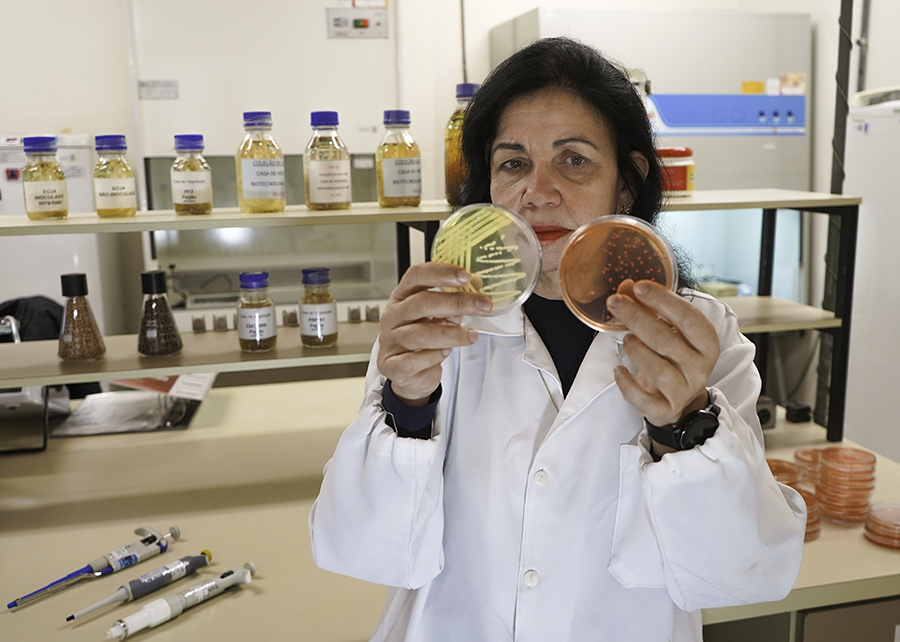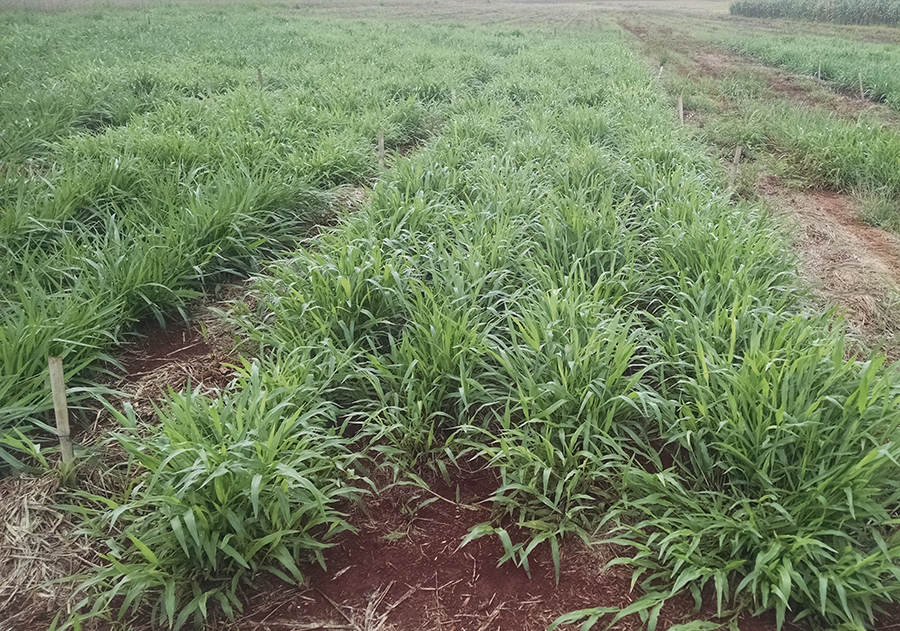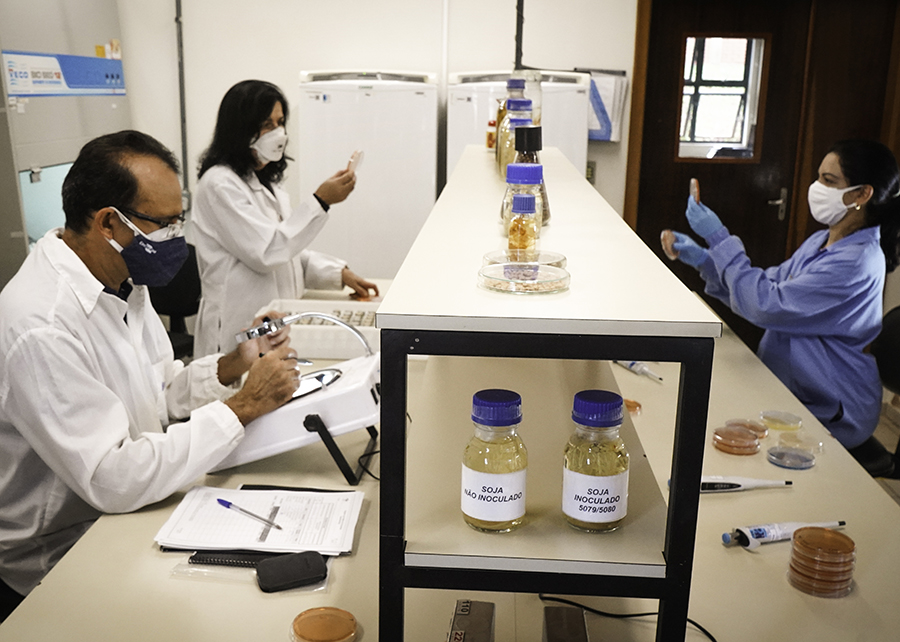



Multifunctional inoculation aims to revolutionize Brazilian pastures
The Embrapa Soja (PR) has just developed an innovative technology that combines microorganisms with multifunctional properties ( Azospirillum brasilense and Pseudomonas fluorescen s) with the potential to increase by 22% on average the production of pastures with Brachiaria and expand the absorption of nutrients by plants.
According to researchers from Embrapa Mariangela Hungary and Marco Antonio Nogueira, in addition to increasing the production of biomass by forages, inoculation with microorganisms increases the uptake of nitrogen (N), phosphorus (P) and potassium (K).
“The development of this multifunctional inoculation technology for pastures reinforces the Brazilian leadership in the use of microorganisms in agriculture”, says Hungria, stressing that the achievement also represents the commitment to the development of productive and sustainable systems.
This multifunctional inoculant is already available to producers, through a public-private partnership between Embrapa and the company Biotrop, which is launching the technological package called PASTOMAX. The package consists of a kit with three products: PASTOMAX PK ( Pseudomonas fluorescens ); PASTOMAX N ( Azospirillum brasilense ) and PASTOMAX Protege (protective additive, aimed at protecting bacteria against desiccation and sunlight).
For Jonas Hipólito, Marketing and Strategy director at Biotrop, the development of the product together with Embrapa reinforces the company's commitment to seeking innovative solutions, with a clear return on investment for its customers.
"Biotrop fosters public-private partnerships, such as the one established with Embrapa, as it understands that the research, development and transfer of technologies enable the rapid availability of new solutions aimed at agricultural productivity, which make the field more sustainable and profitable, which is the purpose of our company.”
Embrapa Soja's research with brachiaria completed a decade. In the last stage, tests were carried out for four seasons, in two different soil conditions and climate, with inoculation via seeds and also in foliar application in already established pastures.
In the case of the Azospirillum bacterium, the main microbial processes involved are the synthesis of phytohormones, promoting root growth up to three times; and biological nitrogen fixation. Inoculation with these bacteria via seeds or foliar in established pastures resulted, in addition to an increase in biomass, in an average increase of 13% in the concentration of N and 10% in the concentration of K.
In turn, Pseudomonas contributes with a set of biochemical processes (which include the solubilization of phosphates, the synthesis of the AIA phytohormone and an enzyme that regulates the production of ethylene). In this case, inoculation via seeds or leaves resulted in an increase in biomass of 11% in potassium (K) and 30% in phosphorus (P).
It is noteworthy that the development of technology sought to enable the synergism between microorganisms and allows application both in the pasture establishment phase and in already established pastures. Therefore, it is an achievement to also meet a demand from producers who need to improve the pastures already established”, celebrates the researcher.
Pasture Recovery
 In Brazil, 180 million hectares are occupied by pastures, 120 million with cultivated pastures, 86 million with brachiaria. According to a survey by Embrapa, around 70% of Brazilian pastures are in some stage of degradation, producing below their potential.
In Brazil, 180 million hectares are occupied by pastures, 120 million with cultivated pastures, 86 million with brachiaria. According to a survey by Embrapa, around 70% of Brazilian pastures are in some stage of degradation, producing below their potential.
“Therefore, this is not the time to reduce the use of fertilizers, but to use the potential of microorganisms to increase the efficiency of the use of these fertilizers”, highlights Nogueira.
As a great contribution of these bacteria occurs by promoting root growth, plants absorb more water and nutrients, making better use of fertilizers.
“Today, Brazil imports approximately 80% of the NPK it consumes, so the increased efficiency in the use of fertilizers has a great impact”, emphasizes Nogueira.
Carbon credits
In the case of Azospirillum , the biological nitrogen fixation process also results in the contribution of this nutrient. Studies conducted by Embrapa show that, on average, inoculation with Azospirillum was equivalent to an application of 40 kg/ha of N. From an environmental point of view, Mariangela states that, considering the use of 1 kg of fertilizer nitrogen leads to the emission of approximately 10 kg of CO 2 -equivalents (CO 2 -eq), the inoculation contributes to the mitigation of about 400 kg/ha of CO 2 -eq.
“Furthermore, with the average increase in forage biomass of 440 kg/ha, and the reference value of 443 g of C/kg of brachiaria, the estimated carbon sequestration is 195 kg of C/ha, or 710 kg of CO2 -eq/ha. This could even be used in the national and international carbon credit market”, he emphasizes.

Microbial inoculants : from basic research to market
Since the 1990s, Embrapa Soja has been carrying out research, biotechnological development and knowledge transfer related to the use of microbial inoculants, especially for soy production systems.
Tests carried out show that the annual re-inoculation in areas cultivated with soybean results in an average increase of 8% in yield, without the need for supplementation with nitrogen fertilizers. In addition to increasing yield, inoculation reduces the cost of production by saving on the use of nitrogen fertilizers and also brings environmental benefits.
Embrapa's research in the 2000s was extended to the search for other microorganisms that promote the growth of plants for grasses. As a result, in 2009, a new technology was launched with strains of the Azospirillum brasilense species for corn and wheat crops. In the 2019/2020 harvest, 10.5 million doses of inoculants with these strains were sold.
In the 2010s, researches evidenced the benefits of multiple inocula to enhance plant growth. In 2014, Embrapa Soja launched the co-inoculation of soybeans and beans, which consists of the use of two bacteria – the specific rhizobia for each legume and Azospirilum – which allowed to expand to 16% the annual yield benefits of soybeans. In just five years, coinoculation is already adopted in 25% of the entire area cultivated with soybeans in Brazil.
Studies with brachiaria began in 2010, based on bioprospecting, in the germplasm bank of microorganisms at Embrapa Soja, for bacteria capable of promoting the growth of this forage. In 2016, the first launch for the inoculation of brachiaria via seeds was carried out.
“But Brazilian needs also required solutions for established pastures, in addition to the supply of other nutrients, particularly phosphorus, which are differentials of the current release, of a multifunctional inoculant for application via seeds or foliar”, emphasizes Mariagela.
The researcher reinforces that for Brazilian public research to continue delivering innovative solutions, continuous investment in science and human resources is necessary, as well as the establishment of productive partnerships with the private sector.



